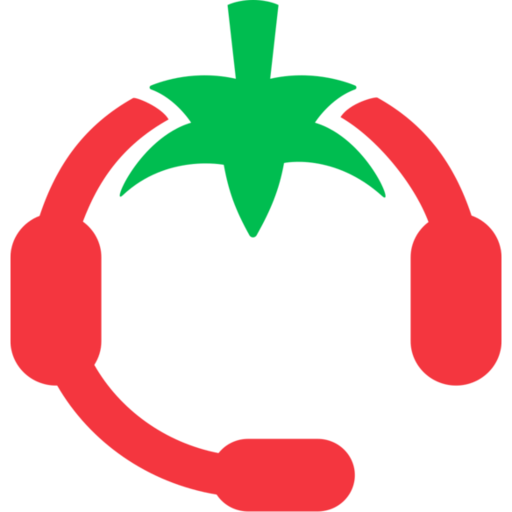Monitoring coverage is the percentage of customer interactions that are reviewed by quality assurance (QA) teams during a given period. It shows how much of the total call, chat, or email volume is being evaluated for compliance, accuracy, and service quality.
Why Monitoring Coverage Matters
- Performance insight: Higher coverage provides a more accurate picture of agent performance.
- Compliance: Ensures sensitive requirements are consistently being met.
- Training opportunities: Identifies skill gaps across a larger set of interactions.
- Customer experience: Broad monitoring helps detect recurring issues before they affect satisfaction.
Monitoring Coverage Formula
Monitoring Coverage = (Interactions Reviewed ÷ Total Interactions) × 100
Example: If QA reviews 500 calls out of 5,000, the monitoring coverage is 10%.
Benchmarks and Best Practices
- Many centers aim for at least 5–10% of all calls reviewed, though automation allows for much higher coverage.
- The ideal percentage depends on call volume, complexity, and regulatory needs.
- AI-driven speech analytics makes it possible to review 100% of interactions, though human QA is still needed for context.
Balancing Coverage and Depth
- Higher coverage ensures more representative data, but reviewing too superficially may miss key issues.
- Lower coverage with deep evaluations provides richer insights but may not reflect overall trends.
- Best practice: combine broad automated monitoring with selective deep-dive evaluations.
Technology for Monitoring Coverage
- Speech analytics: Automates scanning large volumes of calls.
- Real-time QA tools: Flag compliance issues while calls are live.
- Integrated dashboards: Track monitoring rates alongside other KPIs.
Related Terms
- Quality Assurance (QA) Score
- Speech Analytics
- Compliance Rate
FAQ
What does monitoring coverage mean in a call center?
It’s the percentage of total interactions reviewed by QA during a given period.
How is monitoring coverage calculated?
Divide the number of reviewed interactions by the total interactions, then multiply by 100.
What is a good monitoring coverage rate?
5–10% is a common benchmark, but higher rates are possible with automation.
Why is monitoring coverage important?
It ensures quality standards are being met and provides a more accurate view of agent performance.
Can monitoring coverage reach 100%?
Yes, with AI-powered tools like speech analytics, though human oversight is still required for context.

